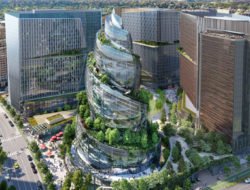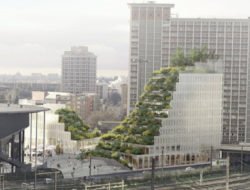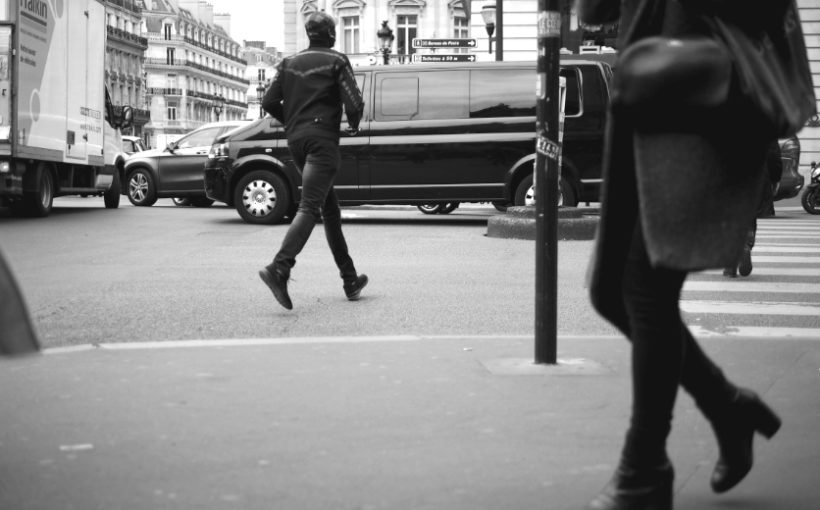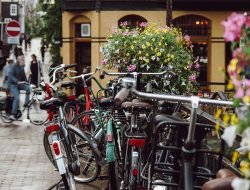Spotlight on the optimal management of the flow of goods entering, leaving and circulating in the city.
In March 2021, a webinar organised by the Natixis banking group made it possible to understand the challenges of an industrial sector, which was still primarily directed towards the B2B activity of “last-mile delivery ” until the lockdown of spring 2020. In just one year, numbers have been reversed: 70% of deliveries are now intended for individuals (development of teleworking, explosion of online sales, etc.).
Of course, this practice generates nuisances: increased traffic, surface area of storage areas, pollution (deliveries are considered to be responsible for a third of environmental pollution in the city), etc.
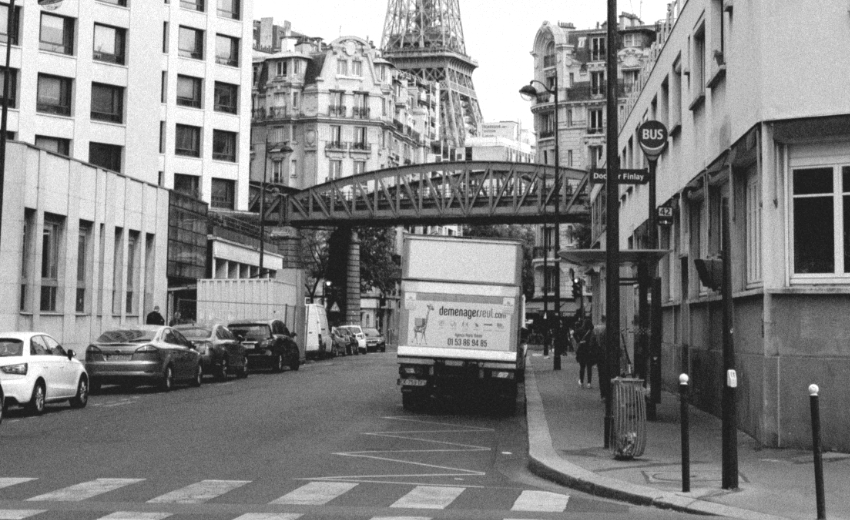
Paris © Thomas Habr
Optimising rules and flows
Traditionally, large warehouses are located outside cities, where trucks come to load goods to be delivered in the city, knowing that 80% of the French population lives in urban areas. However, these products not teleporting (yet) to their destination, public and private large companies are currently thinking about ways to make this transport for large cities smoother.
A few examples: favour short loops, by optimising routes using data and smart technologies; install intramural logistics by transforming existing car parks or service stations which have lost their usefulness due to the drop in automobile traffic in the city into urban warehouses.Municipalities will have to do their part, for example by harmonising regulations: some cities allow deliveries in the morning, others in the evening…
Finally, it will be necessary to develop means of delivery that are more suited to town centres, such as cargo bikes or electric vehicles. Because, even if the goods transit today for 11% by boat or train (the rest still being mainly road transport), it remains necessary to forward them to the address of the recipient. A big city like Paris is self-sufficient for three days. Afterwards, things get complicated. It is vital to integrate logistics into the urban challenges of tomorrow and to adapt it to our new ways of living and consumin
Tags: Natixis, Paris, urban logistics

































